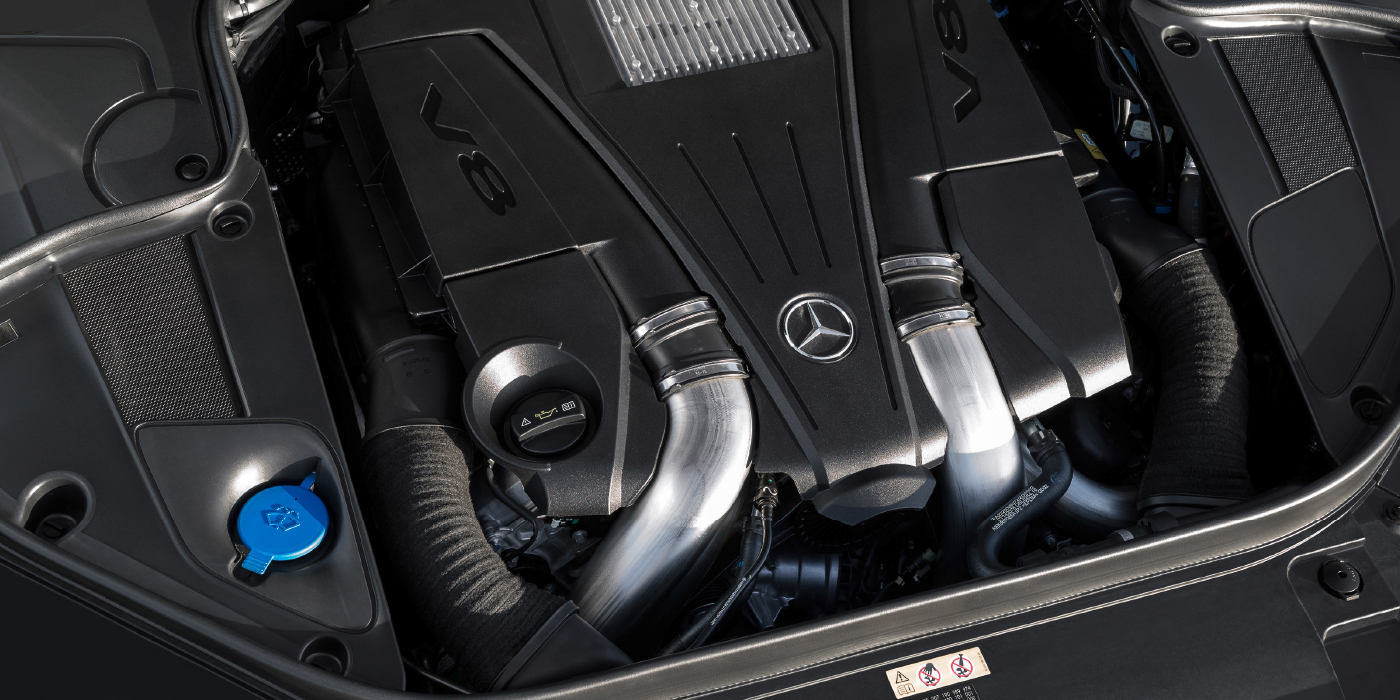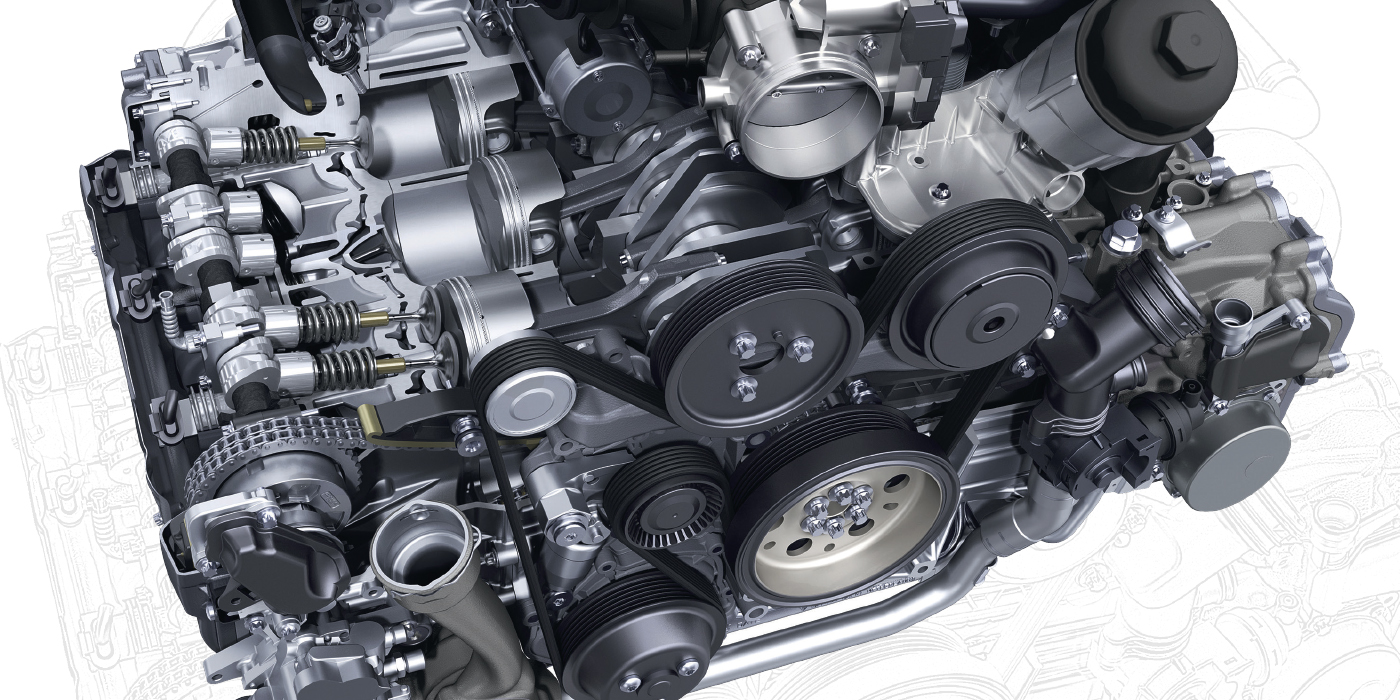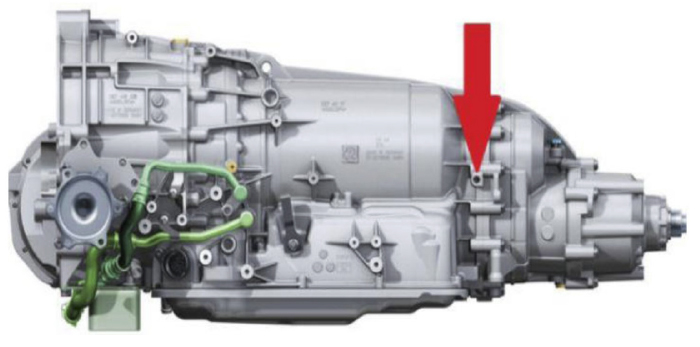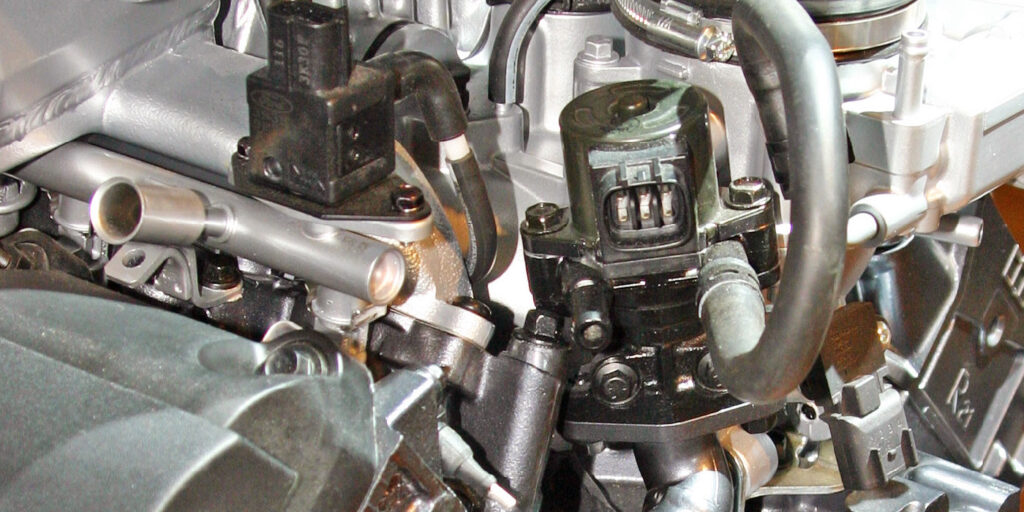If you receive customer reports in the affected model vehicles of the low-range light flashing rapidly (18 times) after vehicle start with fault code P1831 (positioner motor, position sensor or power supply is faulty) in the transfer case ECU, do not replace the transfer case motor. This is caused by a temporary loss of communication between the transfer case control module and the shift motor position sensor. To resolve the problem, read out fault codes and cycle the transfer case shift motor using the following procedure.
Affected Models: 163.154/157/174/175, as of chassis # A346835.
Service Procedure:
1. Read out and erase fault codes.
2. If fault codes other than P1831 are present, diagnose and repair accordingly.
3. If fault code P1831 is present, start the vehicle.
4. Shift the transmission into neutral (N).
5. Push the “low range” switch. Depress the brake pedal.
6. After the shift motor has cycled, push the “low range” switch again. The “low range” light should go out at this time.
7. Confirm proper transfer case shift function by cycling the ignition and repeating steps 2-5.
Warning: While performing the transfer case shift adaptation described above, take all necessary safety measures such as applying the parking brake and holding the service brake firmly. (Failure to do so can result in unintended vehicle movement.)
For additional tech tips, visit www.identifix.com.
Technical service bulletin courtesy of IDENTIFIX.













